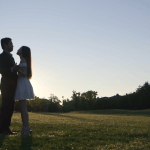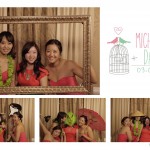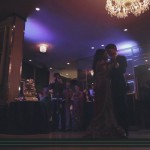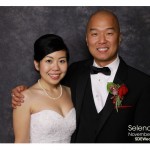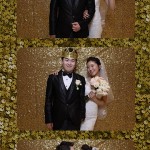Korean Wedding Ceremonies & Marriage Traditions Explained | Toronto Wedding Video
After filming several Korean weddings this year in Toronto, we began to understand the symbolic meaning behind all the Korean wedding customs.
Paebaek (폐백)
The paebaek (폐백) is an ancient Korean wedding tradition intended for the bride to pay her respects to the groom’s family. In this process, she is officially accepted into the groom’s family. The bowing in the ceremony process represents her responsibility and devotion to her new family.
The Bowing
The bride and groom will bow together to the groom’s parents and relatives. They will take turns sitting in front of a table to receive the bows from the couple. The groom’s parents will receive two full bows (or more) and a half bow. Relatives will receive one full bow and a half bow.
The Serving of the Tea
After each bowing, the couple serves tea to their elders. The bride holds the tea cup with her hands under the long apron as the groom pours the tea. A relative or a close friend will assist with the serving of the tea to the elders.
The Words of Wisdom
The elders will sip the tea and offer the couple words of wisdom and blessings.
The Catching of Dates and Chestnuts
The bride and groom will extend the long apron and the elders receiving the bows will toss dates and chestnuts to the couple. The couple will try to catch them. This ritual is meant for the couple to have many healthy children.
Bowing in Unison with Siblings
After all the elders have been bowed to, siblings of a similar age or younger will bow together with the bride and groom.
The Piggyback Ride
The ceremony concludes with the groom giving his bride and a piggyback ride around the table, a gesture of his everlasting devotion and love for her throughout their life. The groom may also give his mother and mother-in-law piggyback rides.

